New cards to provide monetary policy aces
 |
| More drastic monetary measures have been employed to wrestle the rampaging consumer price index |
Last week, the State Bank hiked the refinancing and discount rates to 12 per cent from 11 and 7 per cent, respectively, to improve economic stability.
Sherman Chan, HSBC’s economist covering the ASEAN region, said the Vietnamese authorities were on the right track towards rebalancing the domestic economy.
“The rate hikes today were by no means a surprise except for the fact that announcements are unscheduled. However, patience is needed in the fight against inflation in the country,” she said.
“For instance, a further pickup in inflation is likely in March in part driven by the sizeable electricity and fuel price increases announced two weeks ago. Meanwhile, surging global food and oil prices are also unwelcome signs on the inflation control front,” Chan added.
By the end of February, year-on-year consumer price index (CPI) growth hit 12.3 per cent and HSBC forecasted the figure by end of March would reach 13.5 per cent.
Vo Thi Sanh, head of BIDV’s Asset-Liabilities Committee, said the hikes would limit credit expansion.
“The hikes push up lenders’ costs of funds and we have to lend out at higher rates. This will discourage borrowers from taking out loans,” said Sanh.
On February 23, the State Bank also lifted seven-day lending rates to local banks via the open market operation (OMO) window from 11 to 12 per cent per year.
OMO is a window where the State Bank extends short-term loans to local lenders with collateral being valuable papers such as government bonds.
That was the fourth hike since November, 2010 from long-lasting 7 per cent level to 12 per cent, per year.
Chan said the monetary tightening in Vietnam was certainly not done yet, as policymakers have shifted priorities from boosting growth to curbing inflation.
“More interest rate hikes are expected in coming months just to arrest pricing pressures, let alone bringing the headline readings down to the rather challenging target. Tightening reserve requirements would help, too, especially in cooling credit-induced inflation pressures,” said Chan.
Sanh agreed that there was still one more monetary tightening card in the authority’s hands.
“They are waiting to see inflation trends. Hiking the reserve requirement will be the last card,” said Sanh.
Two weeks ago, State Bank governor Nguyen Van Giau officially ruled out the possibility of hiking the reserve requirement ratio at this moment.
What the stars mean:
★ Poor ★ ★ Promising ★★★ Good ★★★★ Very good ★★★★★ Exceptional
 Tag:
Tag:
Related Contents
Latest News
More News
- VIR to host seminar on ESG integration (November 19, 2024 | 08:45)
- ESG implementation spurs bank progress (November 18, 2024 | 13:37)
- Green-digital transition must start with proper mindset (November 13, 2024 | 16:49)
- New Zealand shares sustainable development experience with Vietnam (November 13, 2024 | 15:55)
- Vietnam on the verge of green industrial revolution (November 12, 2024 | 15:57)
- VIR sustainable development conference opens in Hanoi (November 12, 2024 | 09:42)
- Taking the lead in dual transition for a greener Vietnam (November 11, 2024 | 17:00)
- Vietnamese consumers careful amid economic volatility (November 11, 2024 | 13:55)
- Quality must come first in chip mission (November 11, 2024 | 10:33)
- Vietnam's digital economy estimated to reach $36 billion in 2024 (November 07, 2024 | 13:52)




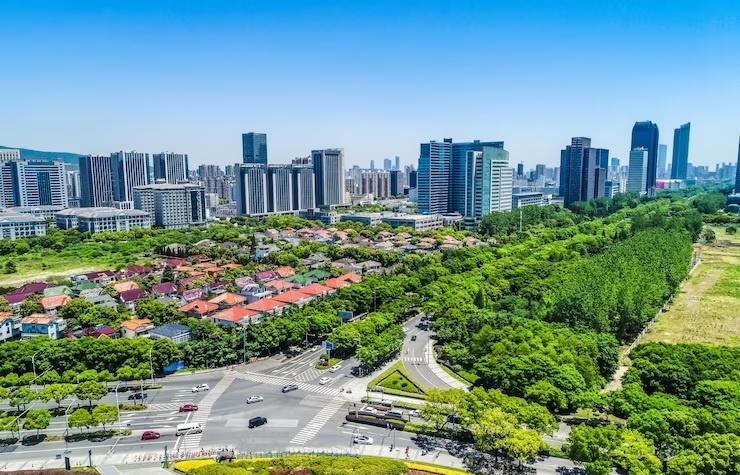
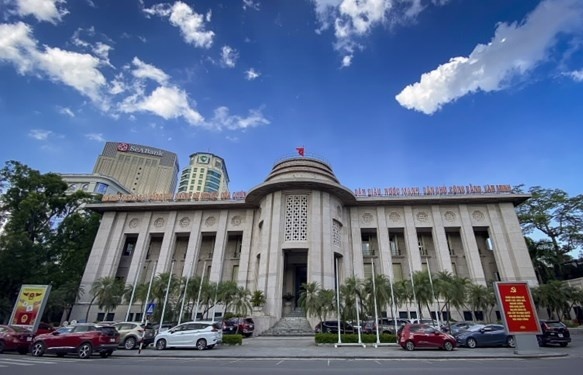
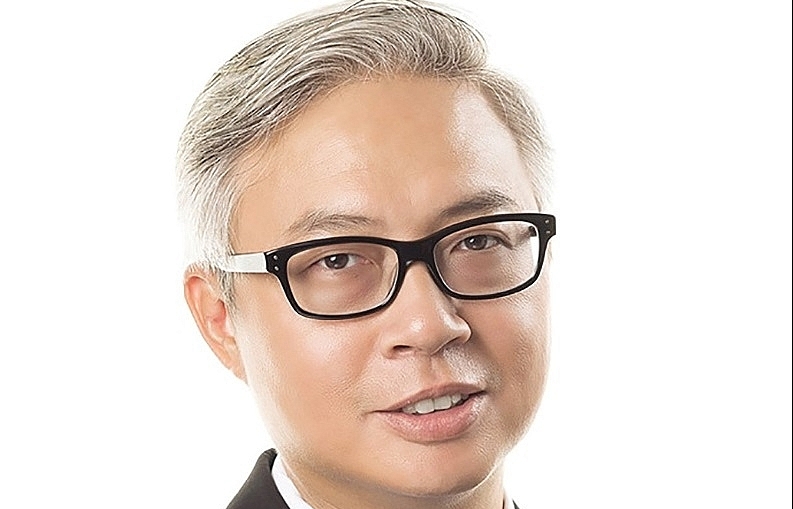
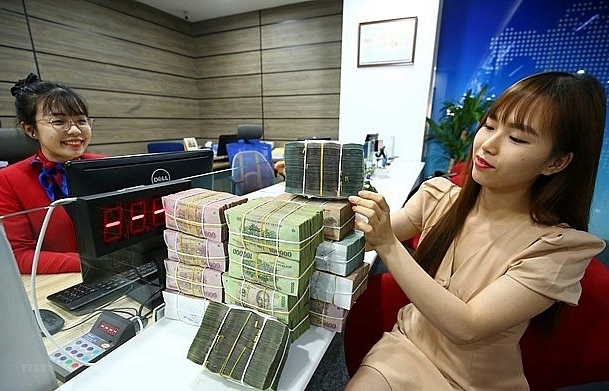

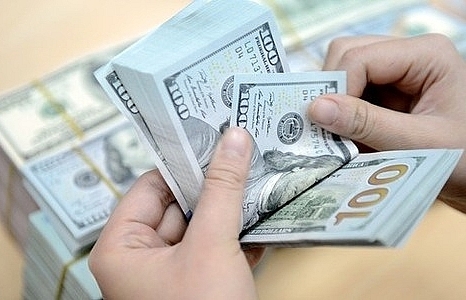
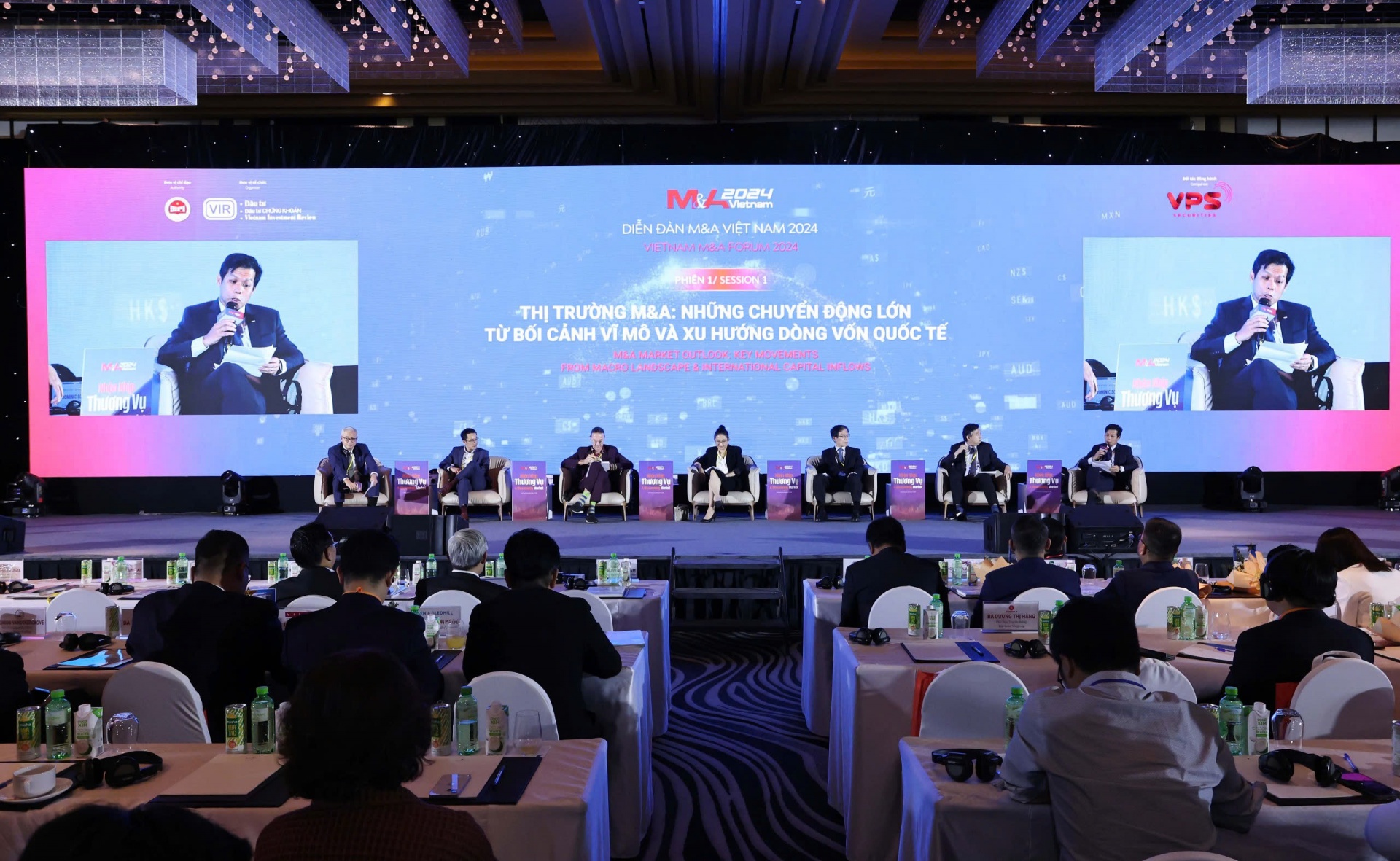
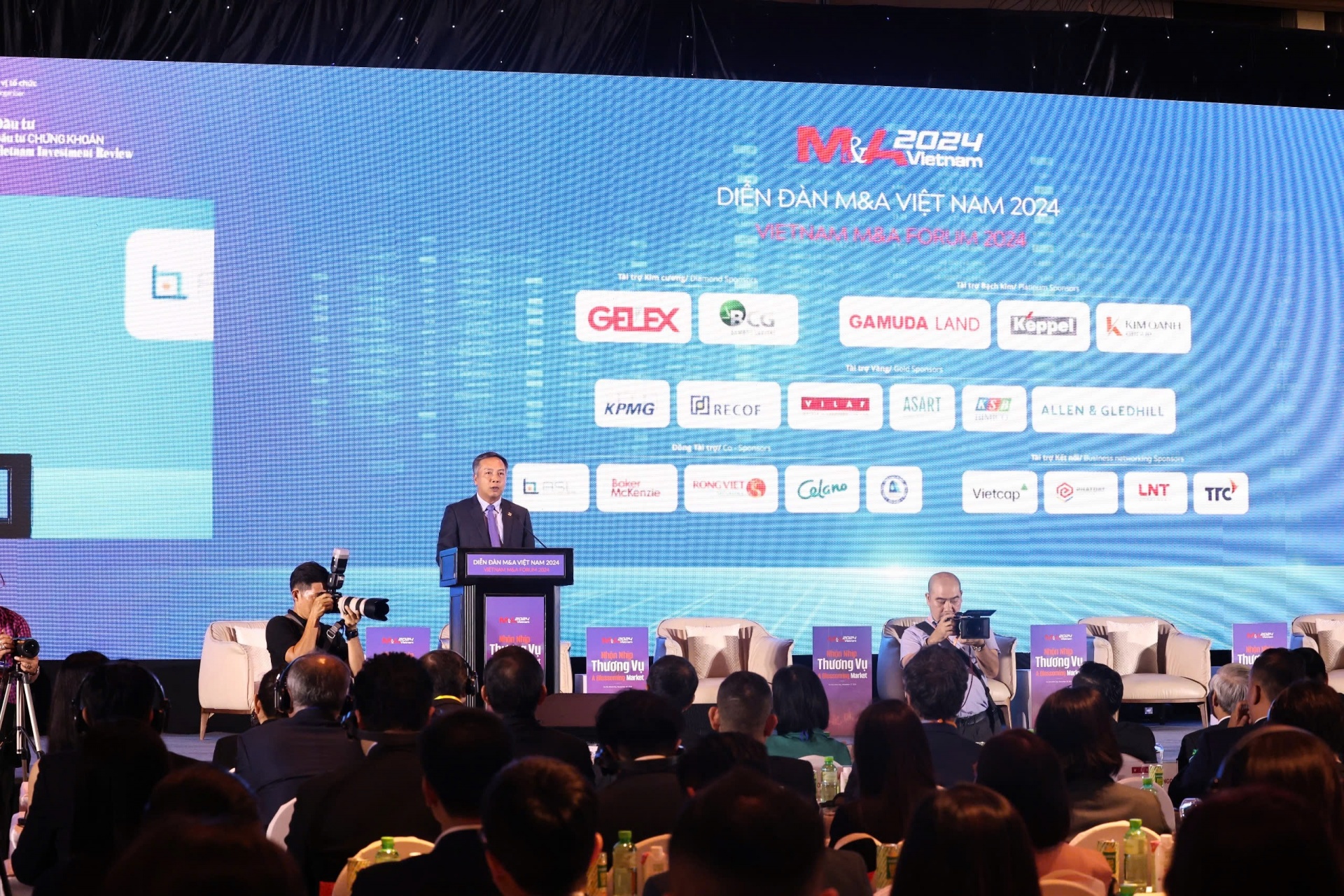
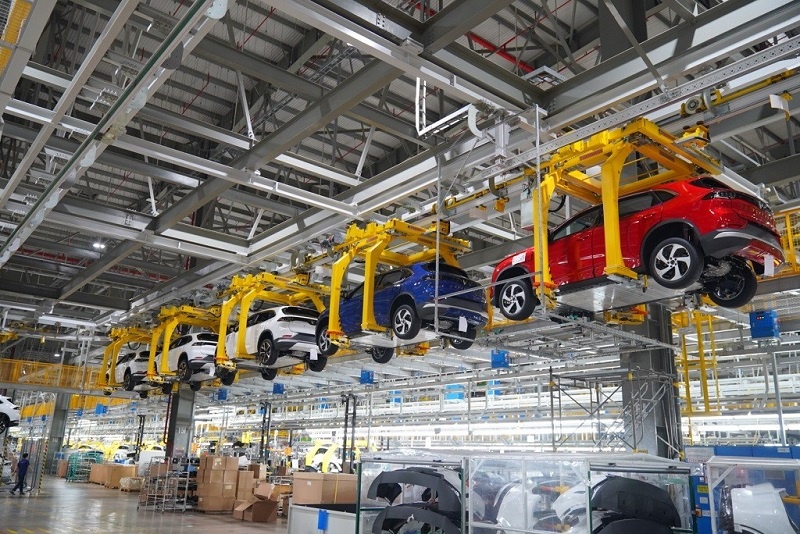












 Mobile Version
Mobile Version